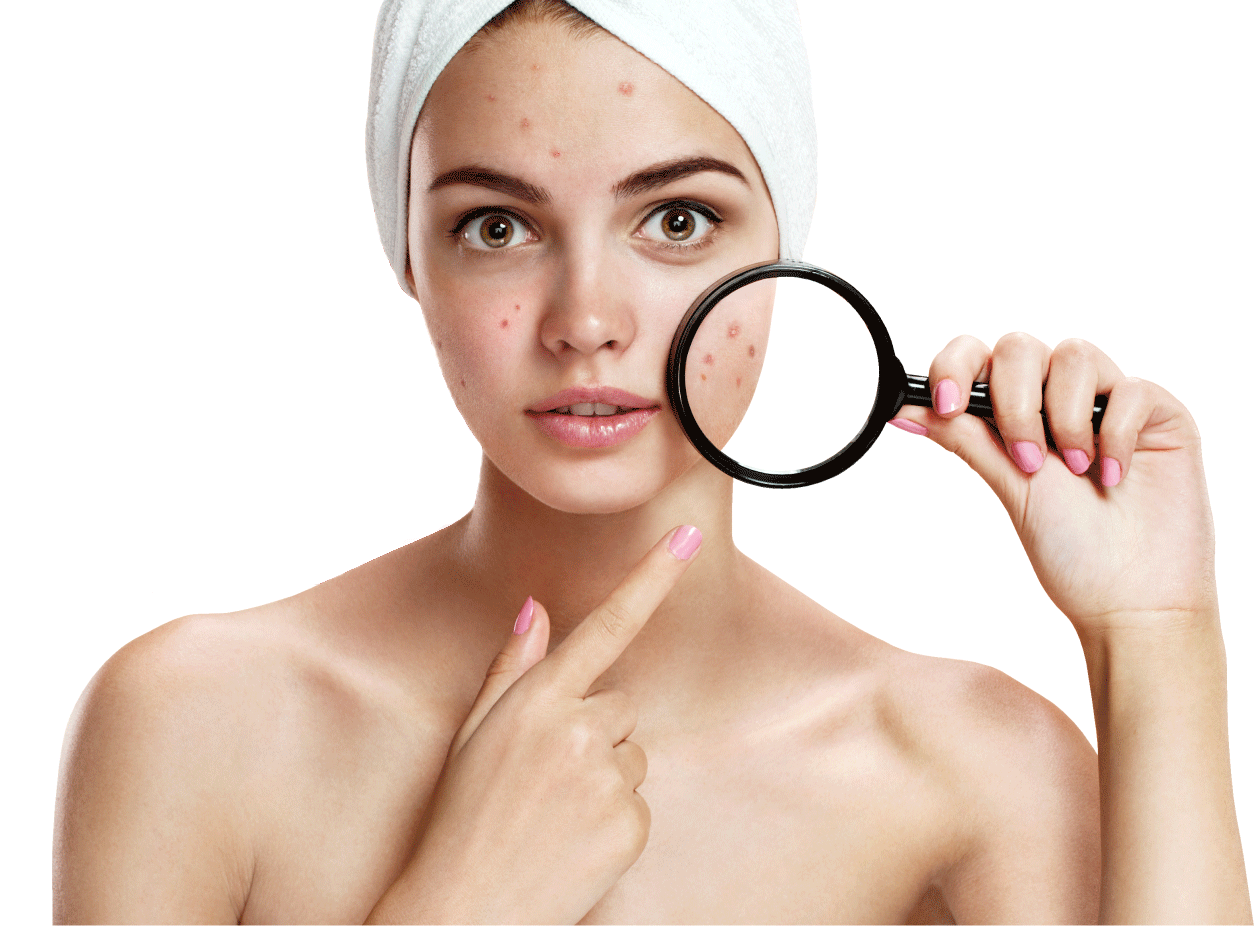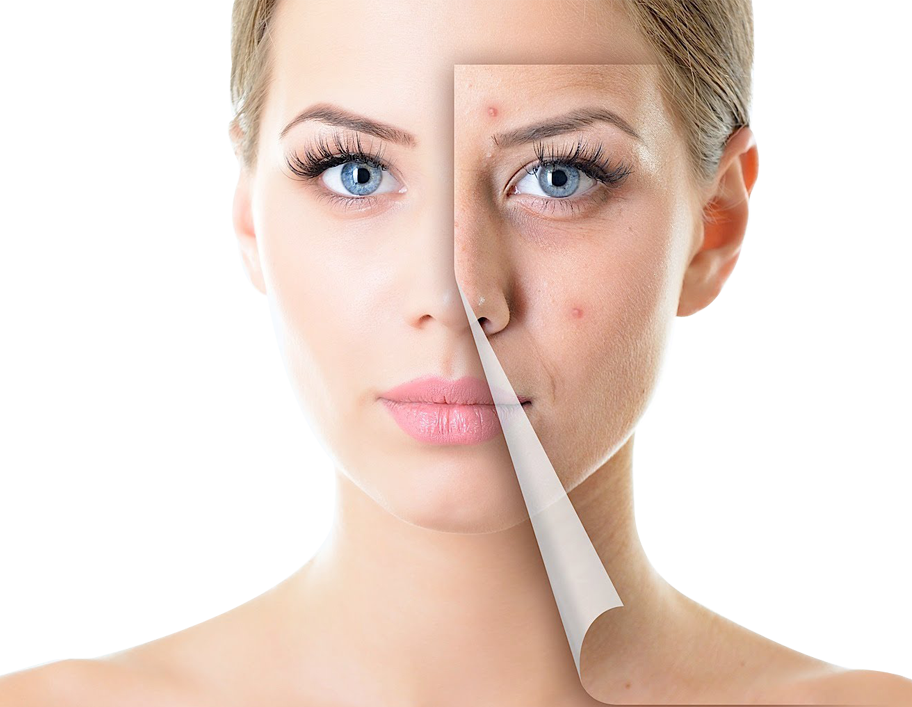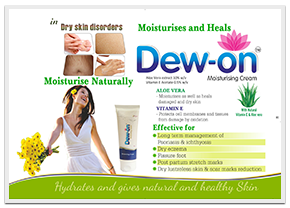Acne
- Acne occurs most commonly during adolescence, and often continues into adulthood. In adolescence,
acne is usually caused by an increase in testosterone, which accrues during puberty, regardless of sex.
- For most people, acne diminishes over time and tends to disappear - or at the very least decreases by the age of 25.
There is, however, no way to predict how long it will take to disappear entirely and some individuals will carry this condition
well into their thirties, forties, and beyond.
- Some of the large nodules were previously called "cysts" and the term nodulocystic has been used to describe severe cases of inflammatory acne. The "cysts" or boils that accompany cystic acne, can appear on the buttocks, groin, and armpit area, and anywhere else where sweat collects in hair follicles and perspiration ducts. Cystic acne affects deeper skin tissue than does common acne.
Treatment for Acne
- Treating mild Acne.
- The majority of people who get acne will develop mild acne. This can usually be treated with OTC (over-the-counter) medications. OTC medications can be bought at a pharmacy without a doctor's prescription. They are usually applied to the skin - topical medicines.
Most acne OTC products may contain the following active ingredients:
- Resorcinol - helps break down blackheads and whiteheads. It is a crystalline phenol and comes from various resins. Resorcinol is also used for treating dandruff, eczema and psoriasis.
- Benzoyl Peroxide - kills bacteria and slows down your glands' production of oil. Benzoyl peroxide is a white crystalline peroxide used in bleaching (flour, oils or fats) and as a catalyst for free radical reactions. It works as a peeling agent, accelerating skin turnover and clearing pores, which in turn reduces the bacterial count in the affected area.
- Salicylic Acid - helps break down blackheads and whiteheads, also reduces shedding of cells which line the follicles of the oil glands, effective in treating inflammation and swelling. Salicylic acid is a white crystalline substance which is also used as a fungicide or in making aspirin, dyes and perfumes. It causes the epidermis to shed skin more easily, prevents pores from becoming blocked while at the same time allowing room for new cells to grow. It is commonly added to shampoos for treating dandruff.
- Sulphur - helps break down blackheads and whiteheads. Sulphur, in its native form, is a yellow crystalline solid. Sulphur has been used for centuries for treating acne, psoriasis and eczema. The elemental sulphur oxidizes slowly to sulphurous acid which is a mild reducing and antibacterial agent
- Retin-A - helps unplug blocked pores. Retin-pus at the top.A contains Tretinoin, an acid form of vitamin A, also known as All-Trans Retinoic Acid (ATRA). Tretinoin is also used for the treatment of acute promyelocytic leukaemia. Retin-A has been used widely to combat aging of the skin, it also acts as a chemical peel.
- Azelaic Acid - strengthens cells that line the follicles, stops oil eruptions, reduces bacteria growth. It is a saturated dicarboxylic acid found naturally in wheat, rye, and barley. Azelaic acid also mops up free radicals, which reduces inflammation. It is useful for patients with darker skin who have dark patches on their face (melasma), or whose acne spots leave persistent brown marks.





